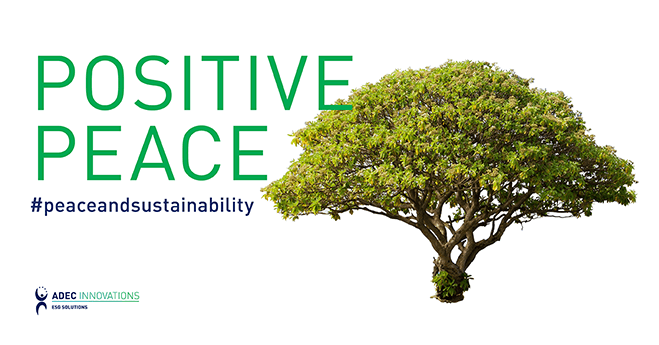Last month, we looked at different ways the Philippines has worked to build sustainable practices and climate change resiliency. As an island nation, the Philippines is particularly susceptible to the effects of global climate change, and their example highlights the importance of understanding the long-term environmental and economic benefits of sustainability.
Today, we will look at three other examples of how global entities are working toward broader sustainability objectives and building climate resiliency—from New York to the Maldives.
New York: Resurrecting the Past
Finding solutions that bring together environmental and economic benefits for a region often requires bold, out-of-the-box thinking. The ‘Living Breakwaters’ project in New York is an example of design that satisfies both these needs. Originally developed as an entry to a coastal resilience competition, the project involves the installation of artificial breakwaters off the south coast of Staten Island.
Designed with resilience in mind, Living Breakwaters consists of structural installations seeded with oysters, which will grow into reefs that will slow incoming storm surges like those the city experienced during the infamous Hurricane Sandy. The project aims to bring together the elements of cultural resiliency, risk reduction, and ecological enhancement, and demonstrates that a well-balanced sustainable solution can address multiple community concerns.
Växjö: Fossil Fuel Free Goals
An ambitious range of projects is underway in Växjö, Sweden. With the aim to be fossil fuel-free by 2030, the municipality has put in place numerous programs focusing on increasing mobility, improving residential and office developments, and building a circular economy. The EU-funded CoBiUM project, for example, involves implementing cargo bike usage across multiple groups (both public and private). Its goal is to reduce GHG emissions, traffic congestion, and noise pollution while also improving road safety and overall quality of life.
The Maldives: Man-made Paradise
It is imperative that governments and corporations around the world—particularly in places highly susceptible to the effects of climate change, such as island and coastal communities—explore large-scale solutions for communities that are facing ongoing consequences of global climate change.
Such a project is already underway in the Maldives, a tropical nation spread across 1200 islands. As rising sea levels threaten livelihoods of inhabitants of the islands, the Maldives government is building new ones, like Hulhumalé, where the “City of Hope” will house up to 230,000 on an artificial island fortified against three meters of sea rise. Hulhumalé already has a number of sustainable initiatives underway, including sustainable transport options, green architecture, and renewable energy solutions.
Not all communities are prepared for the global effects of climate change. The examples discussed, however, illustrate that innovation is making it possible for communities of all sizes to improve climate change resiliency and sustainability while also strengthening local economies.
ADEC ESG is a leading provider of sustainability solutions, including fully-integrated industry expertise, software solutions, and data management. To stay current on global sustainability issues, subscribe to our monthly newsletter, GreenWatch.




